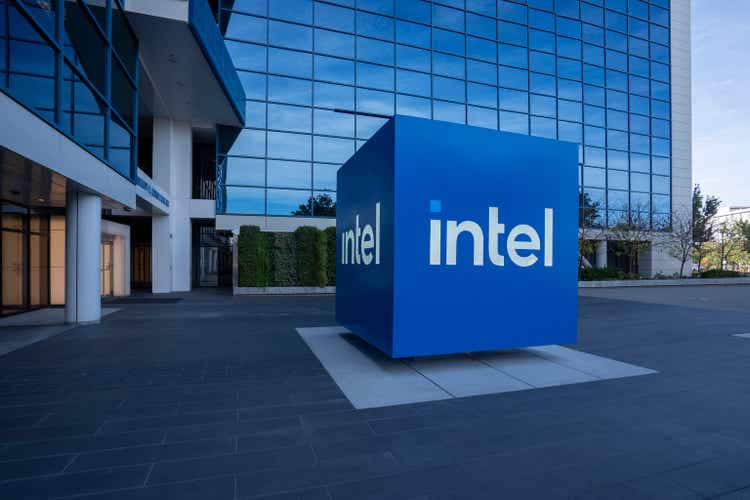ISTANBUL The US-China tech rivalry continues in smartphones, as the US maintains its leading position with well-known brands and technological prowess, while China dominates in production as the world’s manufacturing hub. The vast majority of the world’s population actively uses smartphones, with the number of gadgets used worldwide expected to reach 7.4 billion in 2025, according to reports compiled by Anadolu.
While smartphone market growth slowed in recent years due to longer replacement cycles, it grew 1.5% in the first quarter of the year amid tensions between the US and China and developments in the global economy. South Korean brand Samsung recorded 60.

6 million smartphone deliveries in the first quarter, ahead of the US-based iPhone maker Apple, which saw 57.9 million smartphone deliveries in the same period. Apple, as the world’s most valuable firm, generates over 55% of its revenue from iPhones.
Chinese brands Xiaomi, Oppo, and Vivo enjoyed 41.8 million, 23.5 million, and 22.
7 million deliveries, respectively. While the US maintains a strong position via Apple, with an approximate market value of $3 trillion, China has three of the top five smartphone makers. The top five smartphone makers, except for Apple, use US-based Google’s Android operating system, revealing the US advantage over China in software.
The US holds a significant dominance over China in this area, as operating systems include licensing fees and sales from app stores. Huawei has been exerting efforts to develop its own mobile operating system after facing various restrictions from the US. The restriction on shipping Android on its phones prompted Huawei to develop its in-house HarmonyOS.
The US imposed significant sanctions on many Chinese tech firms, particularly Huawei, due to alleged security concerns, but these sanctions are also perceived to be driven by the tech rivalry between the two countries. Another aspect of the US-China tech rivalry is chips, which are a key component for smartphones. Taiwanese MediaTek ranks first in the smartphone chip market share, followed by Apple, Qualcomm, UNISOC, Samsung, and HiSilicon.
US-based firms Apple and Qualcomm account for 44% of the market, while Chinese companies UNISOC and HiSilicon hold a 17% share, revealing the US advantage over China when it comes to chipmaking. The US continues to tighten its export controls to weaken China’s chipmaking capabilities, to which China responded by banning the exports of gallium and germanium, which are rare earth metals used in the process. While the US boasts the most valuable brand, components, and software infrastructure, it still depends on China for production.
US-based Apple has preferred China for production for many years now, while Samsung also carries out a large portion of its production in the country. The mutual dependence between the US and China in the smartphone sector makes it difficult to reduce the two countries’ foreign dependence. The US launched a series of initiatives to encourage tech production to return home, while China is investing in many areas to boost innovation capacity, develop a national operating system, and conduct its own chip development.
For instance, Apple partially moved its production line to India and Vietnam to reduce dependence on China. Last year’s data showed that Apple manufactured 14% of its total iPhones in India. Shifting production away from China is a difficult process because the country is the world's largest smartphone manufacturing hub.
As tensions between the US and China have an impact on the future of many tech products, particularly smartphones, the emergence of mutual dependencies only adds to the already intense competition..
Business

US leads in smartphones, China dominates production

As world’s manufacturing hub, high production capacity and raw material production give China an edge in tech rivalry with US, while American brands Apple, Google top in smartphone market share















